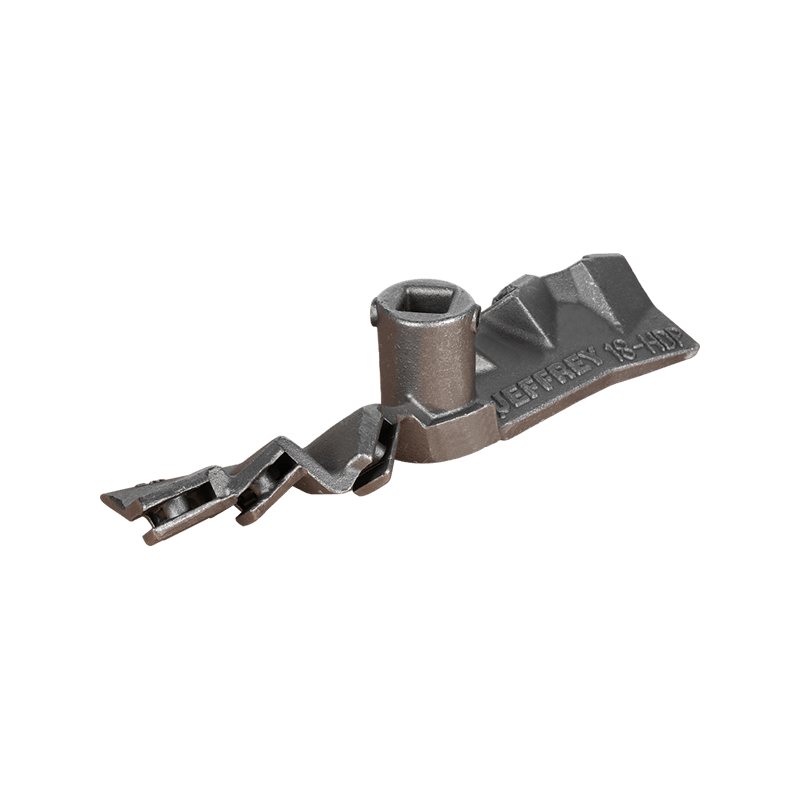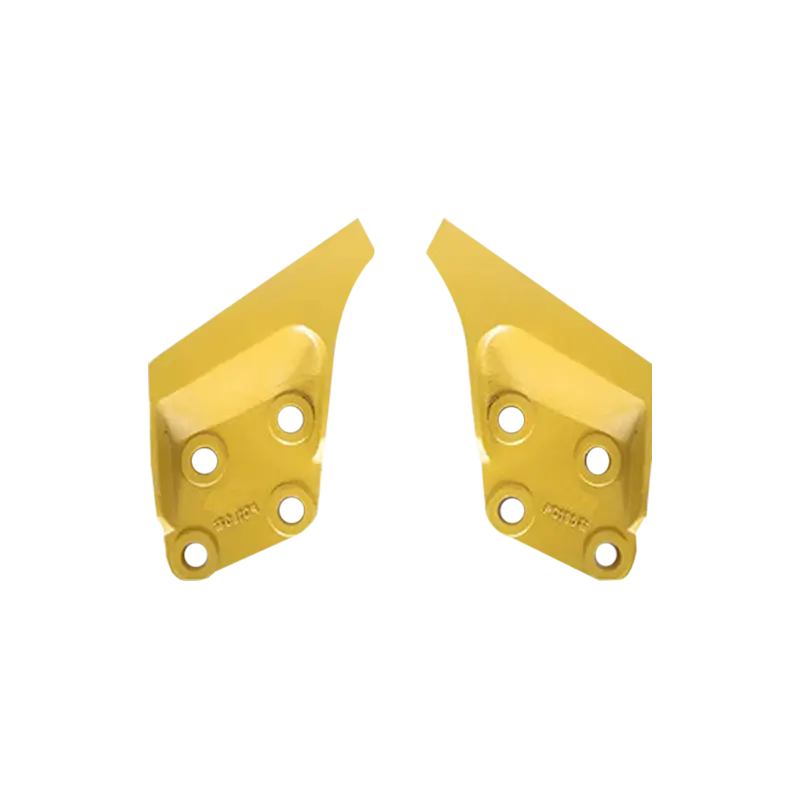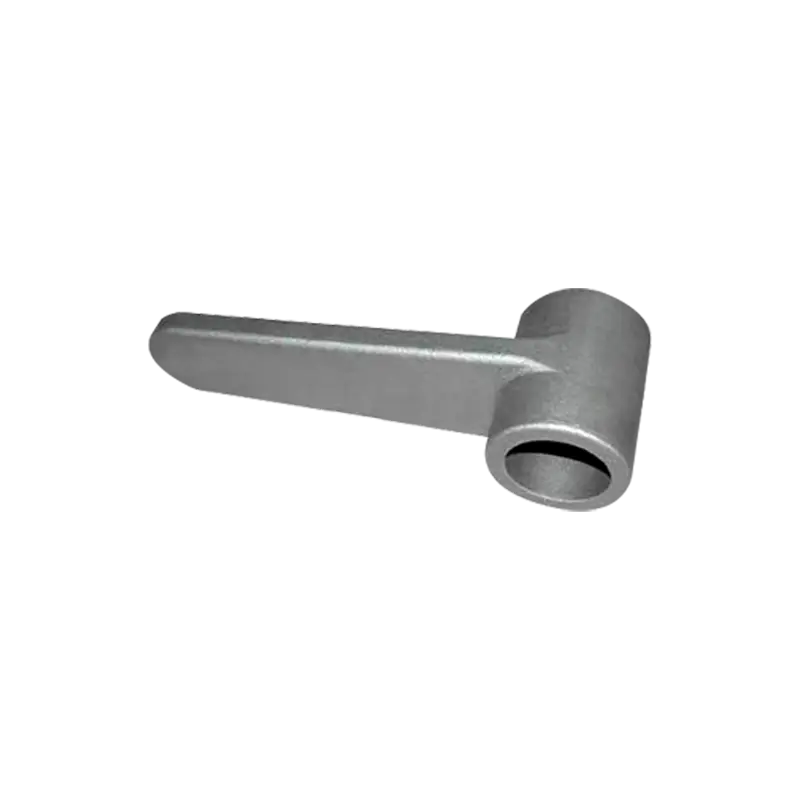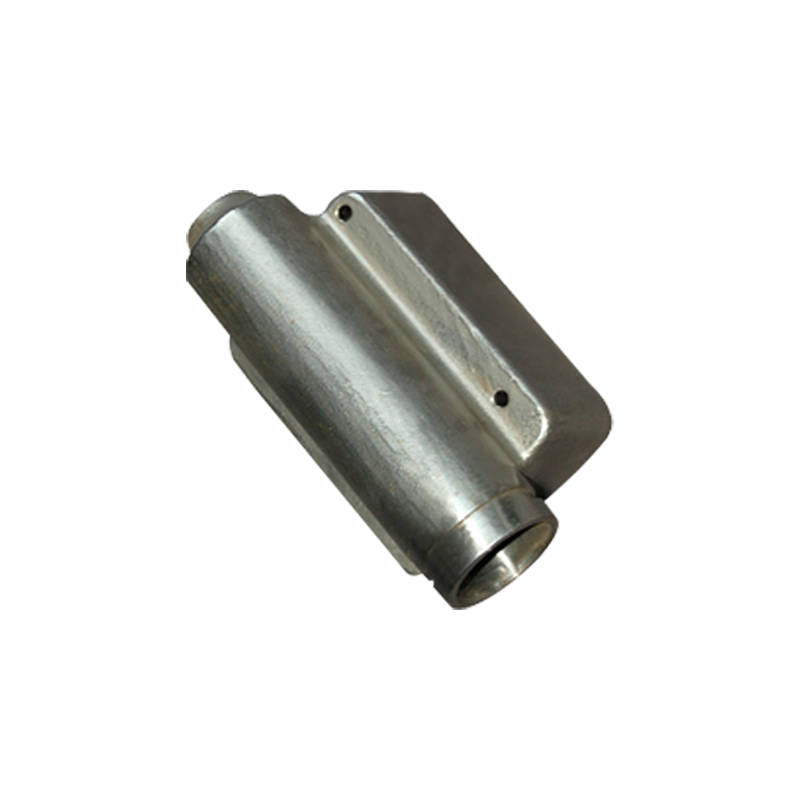Our quality assurance services and processes ensure the reliability of our products and your satisfaction.
Manufacturing high-quality marine dock casting steel parts involves a detailed process, each step ensuring that the final product meets the necessary durability and strength for its intended use in harsh marine environments.
1. Material Selection
The material chosen for marine dock parts is of critical importance to ensure that the final product can withstand the stresses it will face, such as extreme weather, heavy loads, and corrosion. Marine environments are highly demanding, and the selected steel must meet the necessary specifications for strength, resilience, and durability.
1.1 High-Grade Steel
High-Grade Steel is the starting point for the manufacturing of dock parts. Steel used for marine components must exhibit resistance to corrosion, a property that is particularly important in saltwater environments. The steel’s mechanical properties must also be robust enough to support heavy loads without bending, cracking, or failing over time.
Common Alloying Elements: Steel used in marine applications often contains elements like nickel, chromium, and molybdenum. These improve the steel’s toughness, resistance to corrosion, and mechanical strength. In particular, chromium helps form a passive oxide layer on the surface of the steel, protecting it from the effects of saltwater.
Impact of Steel Grades: The choice of grade (e.g., AISI 316, AISI 304, or marine grade steel) depends on the specific requirements of the marine dock application. Some grades are better suited for high-stress environments, while others provide enhanced resistance to corrosion.
1.2 Alloying
The alloying process involves adding specific elements to steel to enhance its characteristics. These elements significantly affect the steel’s performance, including its corrosion resistance and mechanical properties.
Molybdenum: Molybdenum increases steel’s ability to withstand harsh chemicals and high temperatures, which is particularly relevant in marine environments where saltwater and varying temperatures create challenging conditions.
Nickel: Nickel is commonly added to steel to increase its resistance to corrosion, particularly in seawater. It also improves the steel’s formability and toughness, making it an excellent choice for parts that experience dynamic loads.

2. Melting and Pouring
Once the material is selected, the next crucial step in manufacturing marine dock casting steel parts is the melting and pouring of the steel into molds. This phase sets the foundation for the physical properties of the part.
2.1 Electric Arc Furnace (EAF)
The steel is melted in an Electric Arc Furnace (EAF), a high-efficiency process in which an electric arc is used to melt scrap metal and alloy materials. The advantage of using the EAF is that it allows precise control over the alloy composition and temperature of the molten steel.
Temperature Control: The temperature inside the furnace can be carefully monitored to ensure that the steel reaches the optimal temperature for pouring. This is essential because temperature control helps to prevent the formation of unwanted microstructures in the steel, which could compromise its strength.
2.2 Induction Heating
In some manufacturing processes, induction heating is used to maintain the temperature of the molten steel. Induction heating allows for uniform heating and precise temperature control, which is important for maintaining the consistency of the steel and avoiding temperature-related defects.
2.3 Pouring into Molds
Once the molten steel has reached the appropriate temperature, it is poured into molds that are designed to shape the parts accurately. The choice of mold material—whether sand, metal, or investment casting molds—depends on the part’s complexity and the required precision.
Mold Design: The design of the mold plays a significant role in the quality of the final product. A poorly designed mold can introduce defects, such as air pockets or inconsistent cooling, which can weaken the structure of the dock parts.
3. Casting and Solidification
The process of casting and solidification is the next critical stage in the manufacturing of marine dock parts. It directly affects the grain structure of the steel, which in turn impacts its mechanical properties, such as toughness and strength.
3.1 Controlled Cooling
After the steel has been poured into the mold, the cooling process begins. The cooling rate of the steel affects its final mechanical properties. Slow cooling typically results in a fine-grained microstructure, which improves toughness and reduces the likelihood of cracks forming under stress.
Cooling Rate: Cooling must be controlled carefully to avoid stresses and distortions in the steel. The cooling process should be gradual, as a rapid cooling rate can result in brittle material that is more prone to cracking.
3.2 Sand Casting vs. Investment Casting
Sand Casting: This is the most common method used for large, simple parts. In this process, a mold is created by compacting sand around a pattern. It is ideal for less complex parts but may not offer the high precision required for smaller, intricate components.
Investment Casting: For more intricate parts, investment casting is used. This involves creating a wax pattern, coating it with a ceramic shell, and then melting out the wax to create a hollow mold. This method offers greater accuracy and finer detail but can be more costly and time-consuming.
4. Heat Treatment
Once the casting process is complete, the steel parts undergo heat treatment to improve their mechanical properties, such as strength and toughness. This is particularly important for dock parts that will be subjected to heavy loads and corrosive environments.
4.1 Annealing
Annealing is a heat treatment process in which the steel is heated to a specific temperature and then cooled slowly. This helps to relieve internal stresses and improve the ductility and toughness of the steel, making it less likely to crack under strain.
Benefits of Annealing: It improves the overall consistency of the material, ensuring that the steel remains tough and resilient over time. Annealed steel is more pliable and better able to withstand the dynamic stresses encountered in a marine environment.
4.2 Quenching and Tempering
For parts that require high strength, quenching and tempering are employed.
Quenching involves rapidly cooling the steel by immersing it in water or oil. This increases the hardness of the steel but can also make it more brittle.
Tempering is performed after quenching. The steel is reheated to a lower temperature and then slowly cooled. This process helps to reduce the brittleness caused by quenching while retaining the steel’s high strength.
5. Machining and Finishing
After the casting and heat treatment processes, the marine dock parts undergo machining and finishing to refine their shape and surface quality.
5.1 Precision Machining
CNC machining is commonly used to precisely shape the steel parts. This ensures that all parts meet exact specifications and tolerances. It also removes any surface imperfections that may have been introduced during casting.
Complex Geometries: For parts with intricate shapes or features that are difficult to achieve through casting alone, precision machining is used to ensure the final product meets design requirements.
5.2 Surface Treatment
After machining, the parts often undergo surface treatments to further enhance their durability, appearance, and resistance to corrosion.
Shot Blasting: Steel parts may be shot blasted to remove any residual sand or mold material, creating a smoother surface. This also enhances the adhesion of protective coatings.
Coatings and Paint: Marine-grade paints and protective coatings are applied to prevent corrosion. These coatings are designed to withstand exposure to saltwater, UV radiation, and other harsh conditions.
6. Quality Control and Inspection
To ensure that each marine dock casting steel part meets the necessary standards, quality control and inspection are conducted throughout the manufacturing process.
6.1 Non-Destructive Testing (NDT)
Non-destructive testing methods such as ultrasonic testing, radiographic testing, and magnetic particle inspection are employed to detect any internal or surface defects in the steel parts.
Ultrasonic Testing: This technique uses sound waves to detect cracks or voids within the steel.
Radiographic Testing: X-rays or gamma rays are used to examine the internal structure of the steel parts.
Magnetic Particle Inspection: This method is used to detect surface cracks by applying a magnetic field and observing the pattern of magnetic flux.
6.2 Tensile and Impact Testing
Mechanical tests are conducted to determine the tensile strength and impact resistance of the steel.
Tensile Testing: This measures the force required to pull the steel until it breaks. The result indicates the steel’s strength.
Impact Testing: The Charpy impact test measures the material’s ability to absorb energy when subjected to high-impact forces.
6.3 Dimensional Checks
Finally, each part is subjected to dimensional inspection to ensure that it meets the required specifications. Advanced measuring tools like coordinate measuring machines (CMMs) are used to measure the dimensions of the steel parts with extreme accuracy.
 Language
Language
 FT CASTING
FT CASTING















